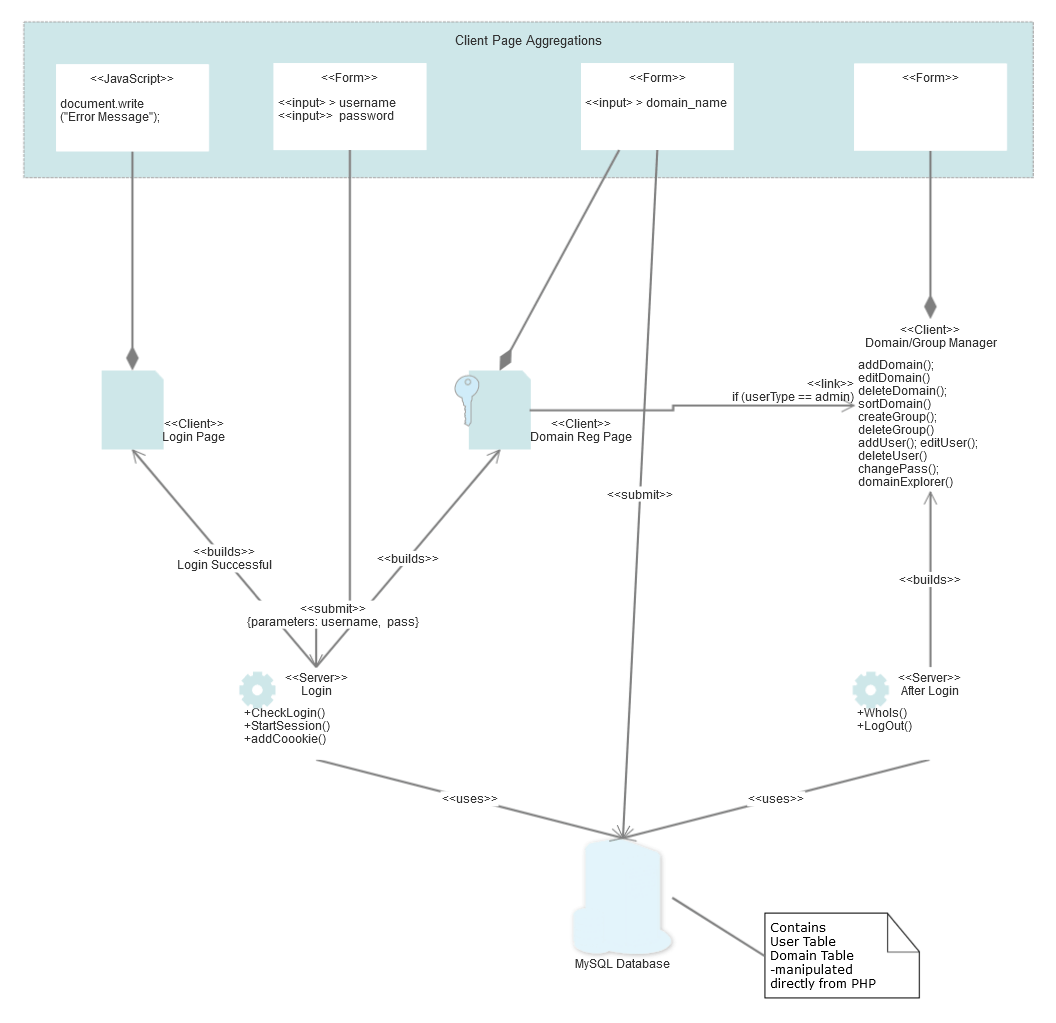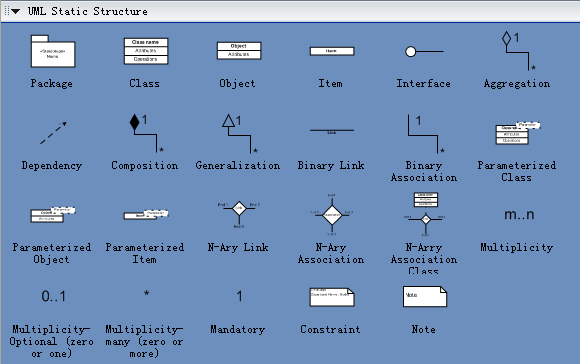
From within Microsoft Teams, you can create, view, modify, and collaborate on Visio diagrams. Drawing and annotating diagrams with your finger or pen feels more natural on a touch-enabled device. Access templates that aren’t available in Visio for the web right now. A person working on a desktop monitor while seated at a desk with a plant and a mug. Visio includes many of the same security systems as Microsoft 365 programs, allowing users to create diagram files indefinitely while collaborating. Allow Microsoft 365 subscribers to read, print, share, and comment on diagrams while on the go. View, create and modify diagrams stored in the cloud by extending your Microsoft Visio expertise to the browser.  Visio is an innovative tool that helps you visualize data-connected business process processes with a variety of integrated capabilities. Make professional-looking diagrams for better decision-making, data visualization, and process execution with your coworkers. Because it is part of the Microsoft Office family, it can be readily integrated with other Microsoft Office programs. Microsoft Visio is a well-known UML Diagram Tool. For more details on this UML diagram tool, contact Adobe Spark. Adobe Spark UML diagram tool paid plan starts from $10 per month. With capabilities to animate text and photographs, you may create attention-getting content. You can apply your company logo, fonts, and colors to any design with just one tap. The Adobe Fonts library contains approximately 18,000 licensed fonts. Using Adobe’s easy tools, your content will change in real-time. Get precisely what you need from thousands of pictures, icons, backdrops, and design components. Cut out backgrounds quickly and easily without sketching your topic or start over with a blank canvas. With easy-to-use effects, filters, textures, and overlays, you may create the appearance you want. With millions of on-trend and seasonal photos, you may access the Adobe Stock royalty-free photo collection*. Start with one of the thousands of social media images, stories, thumbnails, logos, and other templates available. You may save and share your flowchart diagrams as well. The best way to understand sequence diagrams is to look at some examples of sequence diagrams.Adobe Spark is a UML Diagram Tool that allows you to create personalized and efficient flowcharts. It's shown by an arrow going from a lifeline to an endpoint, a filled circle or an x. It can be shown by an arrow with an x at the end.Ī message sent from an unknown recipient, shown by an arrow from an endpoint to a lifeline.Ī message sent to an unknown recipient. This is a message that destroys an object. Similar to a return message, it's depicted with a dashed line and an open arrowhead that points to the rectangle representing the object created. This is a message that creates a new object. Like synchronous messages, they are drawn with an arrow connecting two lifelines however, the arrowhead is usually open and there's no return message depicted.Ī reply message is drawn with a dotted line and an open arrowhead pointing back to the original lifeline.Ī message an object sends to itself, usually shown as a U shaped arrow pointing back to itself.
Visio is an innovative tool that helps you visualize data-connected business process processes with a variety of integrated capabilities. Make professional-looking diagrams for better decision-making, data visualization, and process execution with your coworkers. Because it is part of the Microsoft Office family, it can be readily integrated with other Microsoft Office programs. Microsoft Visio is a well-known UML Diagram Tool. For more details on this UML diagram tool, contact Adobe Spark. Adobe Spark UML diagram tool paid plan starts from $10 per month. With capabilities to animate text and photographs, you may create attention-getting content. You can apply your company logo, fonts, and colors to any design with just one tap. The Adobe Fonts library contains approximately 18,000 licensed fonts. Using Adobe’s easy tools, your content will change in real-time. Get precisely what you need from thousands of pictures, icons, backdrops, and design components. Cut out backgrounds quickly and easily without sketching your topic or start over with a blank canvas. With easy-to-use effects, filters, textures, and overlays, you may create the appearance you want. With millions of on-trend and seasonal photos, you may access the Adobe Stock royalty-free photo collection*. Start with one of the thousands of social media images, stories, thumbnails, logos, and other templates available. You may save and share your flowchart diagrams as well. The best way to understand sequence diagrams is to look at some examples of sequence diagrams.Adobe Spark is a UML Diagram Tool that allows you to create personalized and efficient flowcharts. It's shown by an arrow going from a lifeline to an endpoint, a filled circle or an x. It can be shown by an arrow with an x at the end.Ī message sent from an unknown recipient, shown by an arrow from an endpoint to a lifeline.Ī message sent to an unknown recipient. This is a message that destroys an object. Similar to a return message, it's depicted with a dashed line and an open arrowhead that points to the rectangle representing the object created. This is a message that creates a new object. Like synchronous messages, they are drawn with an arrow connecting two lifelines however, the arrowhead is usually open and there's no return message depicted.Ī reply message is drawn with a dotted line and an open arrowhead pointing back to the original lifeline.Ī message an object sends to itself, usually shown as a U shaped arrow pointing back to itself. 
It's usually drawn using a line with a solid arrowhead pointing from one object to another.Īsynchronous messages don't need a reply for interaction to continue. Ī synchronous message requires a response before the interaction can continue.

Place the condition for exiting the loop at the bottom left corner in square brackets. When that object's lifeline ends, you can place an X at the end of its lifeline to denote a destruction occurrence.Ī repetition or loop within a sequence diagram is depicted as a rectangle. Objects can be terminated early using an arrow labeled ">" that points to an X. Lifelines are vertical dashed lines that indicate the object's presence over time. Asynchronous messages are sent from an object that will not wait for a response from the receiver before continuing its tasks. Use half-arrowed lines to represent asynchronous messages. Messages are arrows that represent communication between objects. When an object is busy executing a process or waiting for a reply message, use a thin gray rectangle placed vertically on its lifeline. Use the UML object symbol to illustrate class roles, but don't list object attributes.Īctivation boxes represent the time an object needs to complete a task. Start Now Basic Sequence Diagram NotationsĬlass roles describe the way an object will behave in context.







 0 kommentar(er)
0 kommentar(er)
